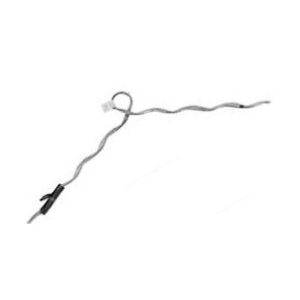
A side tie is a type of securing method used to attach a conductor to an insulator on cross-arm. It helps to ensure the stability and safety of the electrical grid. A side tie secures the conductor to the insulator and ensures it stays in place even under various conditions. The side tie helps maintain the electrical insulation provided by the insulator. It also helps to prevent the conductor from touching grounded structures. This is important to avoid short circuits or electrical hazards. The side tie works with a pin-type or post-type insulators which mount on the crossarms. It also helps to provide mechanical stability in certain configurations. Side ties are from materials like aluminum or galvanized steel. These materials offer high strength and corrosion resistance. Side ties allow flexibility and movement of the conductor and reduces mechanical stress.
Design structure of the side tie
The design of the side tie helps to ensure secure attachment of the conductor to the insulator. This is while accommodating movement and reducing stress on the conductor. Below is a detailed overview of the design elements of side ties.
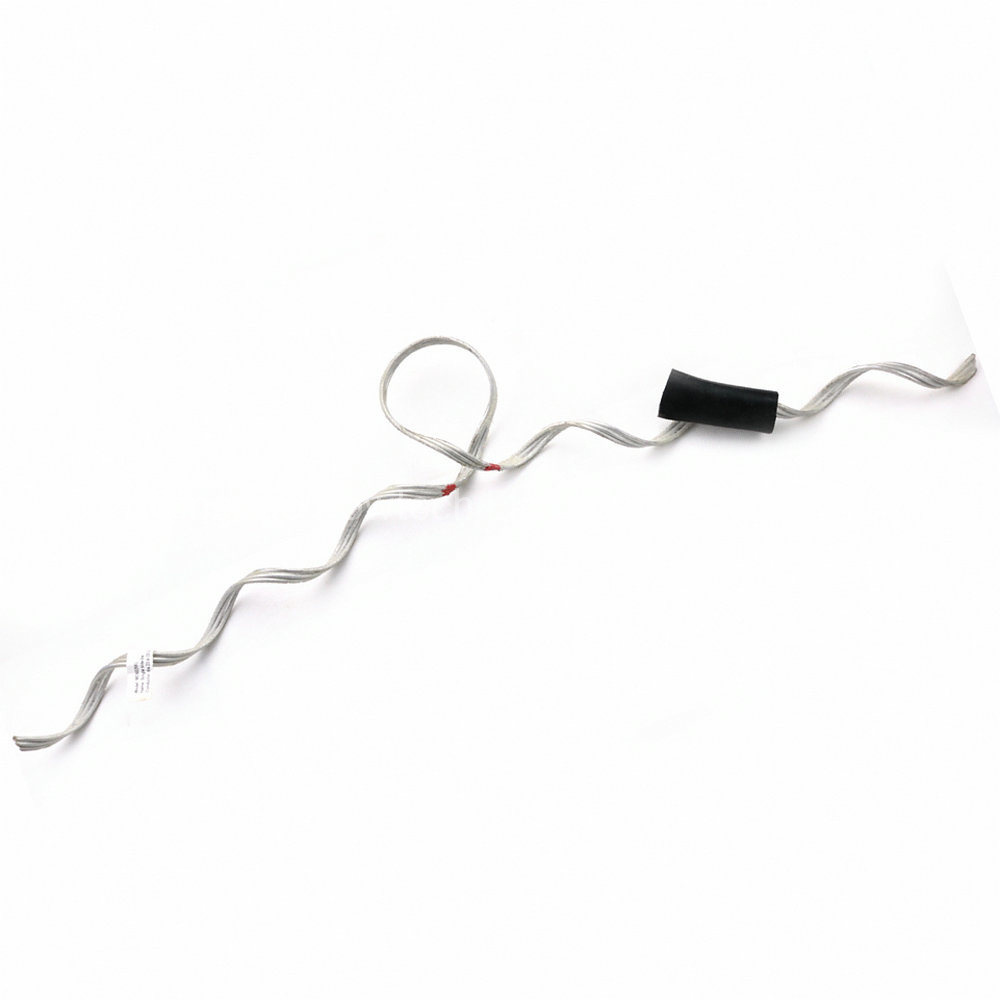
- Main wire – this is the primary part of the side tie that wraps around the conductor and insulator. It is usually a helical or spiral shape to grip the conductor. The design helps distribute the holding force across the conductor and reduces point loads.
- Loops – some of the side ties have extra loops to provide extra support and secure the conductor in place.
- Flexibility – the side tie has a design that allows for some movement and flexibility for handling the dynamic loads. This helps prevent mechanical stress on the conductor and insulator.
- Tension and compression – the design includes zones where the wire is under tension and others where it is under compression. The zones help manage the forces acting on the conductor to ensure it remains secure under various conditions.
- Corrosion resistance – side ties are from materials that have treatments or coatings to resist corrosion and ensure durability. This includes galvanization for steel ties and protective coatings for aluminum.
- Insulator compatibility – they have designs to fit specific types of insulators considering the insulator’s dimensions and shape. This is to ensure a snug fit that maximizes electrical insulation and mechanical stability.
- End treatments – the ends of the side ties have treatments to prevent sharp edges that could damage the conductor. They may be well rounded, twisted or folded to provide a safe and secure termination.
Common types of a side tie
Side ties come in various types and designs to meet different mechanical and environmental requirements. The choice of the side tie type helps in enhancing the reliability and safety of the electrical system. The following are the common types of the side tie.
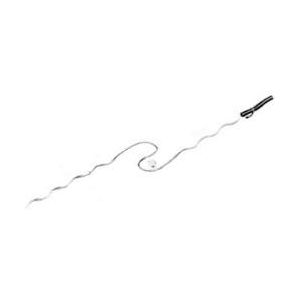
- Preformed side ties – these are the pre-shaped side ties to fit around the conductor and insulator. They have designs to wrap around in a helical pattern around the conductor and insulator.
- Hand-tied side ties – these are custom-formed on-site by manually wrapping a wire around the conductor and insulator. This type needs more skill and time to install but allows for greater customization.
- Armor rod side ties – these include extra protective rods that wrap around the conductor before it ties to the insulator. This helps to distribute the mechanical load and reduce the risk of conductor damage.
- Vise-type side ties – these use a mechanical grip mechanism to clamp the conductor to the insulator. They also offer a firm and stable connection with minimal slippage.
- Spiral vibration dampers – these side ties function as vibration dampers to reduce the effects of aeolian vibrations.
- Double wrap side ties – this involves two layers of wire wrapping around the conductor and insulator. The first layer provides the initial grip and the second layer adds extra security and strength.
- Line post side ties – these are side ties designed for line post insulators and have a wrap that secures the conductor.
- Overhead line side ties – these provide a balance of strength and flexibility. They mostly work with standard pin-type insulators.
- Distribution side ties – these function in lower-voltage distribution systems rather than high-voltage transmission lines.
- Automatic side ties – these use mechanisms that grip and secure the conductor when placed in position.
Properties of side ties
Side ties have properties designed to ensure secure attachment of conductors to insulators. This is while accommodating various mechanical and environmental stresses. They also help the side ties to meet the demands of securing conductors in overhead transmission lines. The following are the common properties of the side ties.
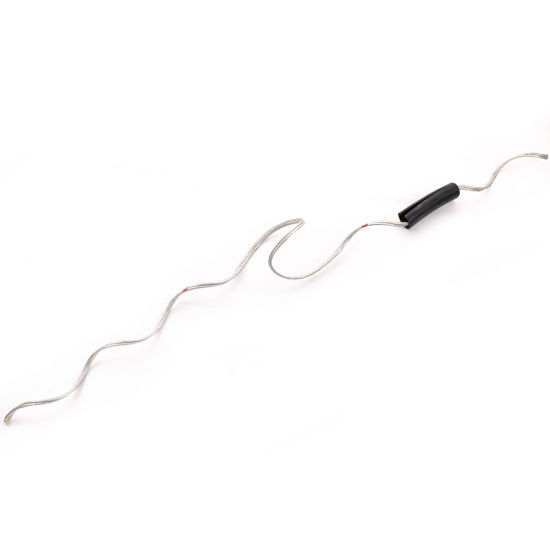
- Mechanical strength – side ties have designs to withstand significant tensile forces. This is to ensure the conductor remains attached. They are also from materials that allow them to ensure mechanical stresses without failing.
- Flexibility and compliance – side ties show a certain degree of elasticity. This allows them to accommodate small movements of the conductor. Their material ensures the tie can absorb and redistribute stress without cracking.
- Corrosion resistance – side ties are from materials like aluminum, aluminum clad-steel or galvanized steel. These materials provide corrosion resistance from conditions like rain, humidity and pollutants.
- Electrical insulation and conductivity – the side materials have low conductivity to prevent electrical arcing or short circuits. They should have enough dielectric strength to withstand the electric fields.
- Thermal stability – they have designs to maintain their mechanical properties over a wide range of temperatures. They also have controlled thermal expansion properties to reduce stress on the conductor and insulator.
- Vibration dampening – some of the side ties have designs to dampen vibrations from wind. Their flexibility allows them to absorb and dissipate dynamic loads to reduce stress impact.
- Compatibility and customization – side ties have designs to fit a variety of insulator shapes and conductor sizes. This ensures secure attachment regardless of the specific components used.
- Load distribution – design of the side ties ensures the mechanical load is evenly distributed along the length of the tie. Side ties also help prevent localized stress that could weaken the conductor.
Accessories used with side ties
Side ties work with several accessories to enhance the functionality, stability and longevity. The accessories help to support the installation and maintenance of side ties. Additionally, it is advisable to ensure the functionality of the side ties to maintain the reliability and efficiency of electrical transmission networks. The following are the accessories used with side ties.
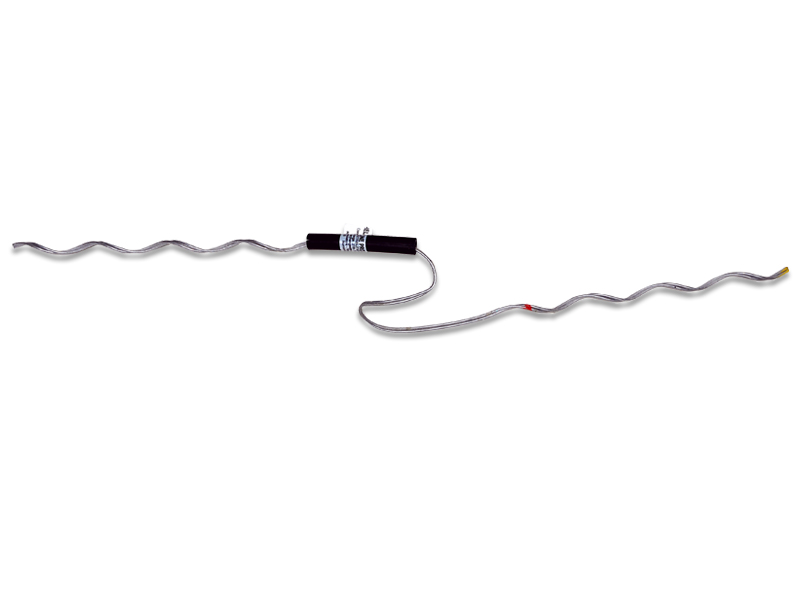
- Armor rods – these are helical-shaped protective rods that wrap around the conductor at points where it attaches to insulators. They protect the conductors from mechanical wear and tear like abrasion.
- Line guards – these are protective coverings placed over conductors. They provide extra protection against abrasion, corrosion and mechanical damage.
- Vibration dampers – these are devices installed on conductors to reduce the effects of aeolian vibrations. They absorb and dissipate vibrational energy to reduce the risk of conductor fatigue.
- Spacers and spacer dampers – these help to maintain the proper separation between bundled conductors to prevent electrical arcing.
- Insulator ties – these help to secure the conductor to the insulator to ensure the conductor is firmly attached to the insulator. This also helps to prevent slippage and maintains proper electrical insulation.
- Suspension clamps – these help to hand conductors from insulators on transmission towers. They also support the weight of the conductor while allowing for movement.
- Dead end clamps – these help to end the conductors at the end of a line. They provide a secure attachment point for the conductor to handle the tension and mechanical load.
Benefits of using side ties
These benefits include enhancing mechanical stability, electrical reliability and efficiency of the system. Additionally, it is advisable to check the benefits of the side tie before selection. The following are the key benefits of using side ties in overhead transmission lines.
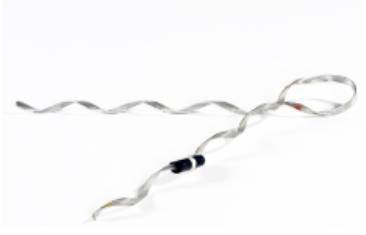
- Secure conductor attachment – side ties ensure the conductors are securely fastened to insulators to reduce the risk of slippage.
- Enhanced mechanical stability – side ties help to distribute mechanical loads across the conductor and insulator.
- Flexibility and movement accommodation – they allow for some flexibility to accommodate the expansion and contraction of conductors. They are able to handle dynamic loads from wind, ice and seismic activity.
- Corrosion resistance – they are from materials that are resistant to corrosion and extends the lifespan of the transmission infrastructure.
- Improved electrical insulation – side ties help maintain proper conductor positioning for effective electrical insulation.
- Compatibility with conductors – they are also compatible with a wide range of insulators and conductor sizes.
Frequently asked questions
A side tie is a component used to secure conductors to insulators on overhead transmission lines. It wraps around both the conductor and the insulator to hold them together.
Side ties help to maintain the integrity of transmission lines to provide secure attachment of conductors. They also help to distribute mechanical loads and reduce the risk of electrical faults and outages.
Side ties help to distribute mechanical loads to reduce stress concentrations and prevent damage. They also provide flexibility to hold movements caused by thermal expansion.